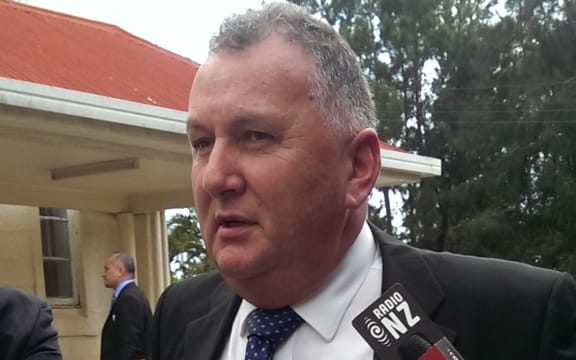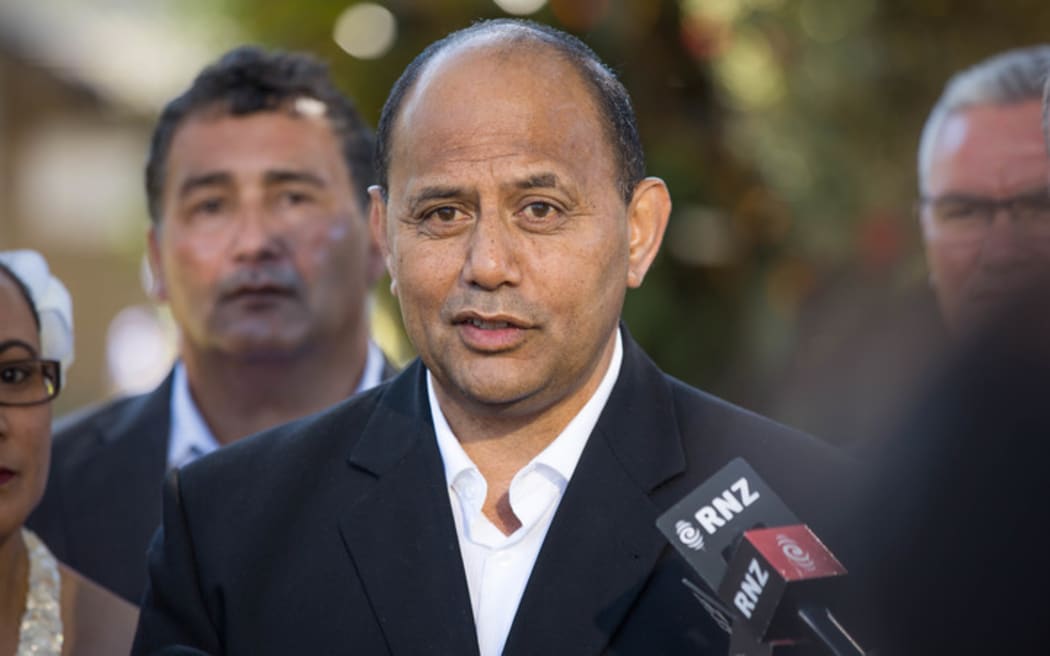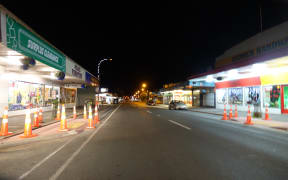The government will spend $13 million aiming to get about 2000 young unemployed people into work in the first phase of its new job scheme.

Jacinda Ardern Photo: RNZ / Dan Cook
The youth employment initiative was first described by the New Zealand First minister Shane Jones as "work-for-the-dole".
However, Labour ministers quickly moved to give assurances anyone on the scheme would be paid the minimum wage for any employment they undertook.
It will initially be rolled out in Northland, the East Coast, the Eastern Bay of Plenty and Hawke's Bay, where officials describe the problem as a "continuing crisis" for local communities.

Shane Jones Photo: RNZ / Jane Patterson
At the end of last year Mr Jones caused controversy with talk of the scheme, saying he was not going to remain silent while his "young ne'er-do-well nephews in Kaikohe and other places fall victims to the gangs".
There was a brief flurry after Labour MP and Employment Minister Willie Jackson declared he did not support work for the dole, but would back any initiative to get young people into work, as long as it paid the minimum wage.
Mr Jones said at the time not all of his Labour colleagues saw eye-to-eye with him on his proposal.
It was then left to Prime Minister Jacinda Ardern to smooth over the cracks, and give reassurance ministers were all in agreement, in principle.
'Crisis' of entrenched unemployment in communities - Jackson
Employment Minister Willie Jackson told Morning Report there was a "crisis" of entrenched unemployment in some communities, and the focus of today's announcement would be on young people, Māori, women and disabled people.
He said the government would be working with employers, community trusts and Māori groups to help fill positions, with the aim of providing sustainable employment.

Willie Jackson Photo: RNZ / Cole Eastham-Farrelly
People could be placed in work across all sectors, including horticulture and forestry doing tree planting.
"This is a new initiative and a new strategy and look, we won't be turning our nose up to anyone, Mr Jackson said.
"Shane Jones talked about cutting scrub. If our young people can get out there and cut scrub and there's a sustainable future there and we can work with groups around these young people, [we'll] be doing that."
Mr Jackson said there was 81,000 people not in employment, education or training, and the initial phase of the programme would get 2000 more people into jobs.
The government would not take a punitive approach, so benefits would not be cut if people do not turn up to work, he said.
Officials advised ministry to help community groups
Briefing papers released under the Official Information Act informed ministers many community groups in these areas had already started their own initiatives and were looking to the government for support.
Officials from the Ministry of Business, Employment and Innovation said without funding to support those communities, "the momentum of engagement will be lost and regional development aspirations may be adversely impacted".
Ministers were also told that while young Māori are particularly at risk, there are "more young women and young mothers in this population of disengaged rangatahi than young men".
The briefings outline a number of difficulties - from young people's perspective about job opportunities and practical challenges of getting work, and the views of prospective employers who are looking for workers but cannot connect with these young people.
The $13m is part of a total $50 million set aside by the previous National government for a youth work initiative, He Poutama Rangatahi.
Mr Jones, who is Economic Regional Development Minister, will also announce specific schemes for the forestry industry in the coming weeks.







